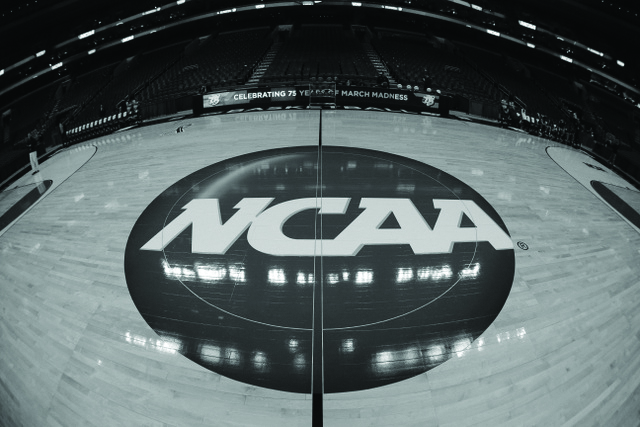Much like Cinderella and Snow White, college athletes getting a share of the profits they bring into their respective universities seemed like nothing but a fairytale.
Until Nancy Skinner, California state senator, introduced legislation. The legislation allowed student-athletes from universities in California to be paid via sponsorship agreement.
Skinner’s bill was later altered by the state’s senate to protect any scholarships or benefits the student already receives from being dissolved as a result of accepting sponsorship money in his or her name. The bill went to a vote in the California assembly, and unanimously the bill was passed into a law.
Following the model of California’s ”Pay for Play” bill, New York state Senator Kevin Parker created his own legislation for New York’s colleges and universities. Parker proposed a bill which would require colleges to pay their student-athletes directly and allow them to receive pay if they were to market their names and likenesses to companies outside of St. Bonaventure.
As the bill in New York begins to gain more momentum, the athletic departments of the colleges and universities of New York will be forced to look closer at their respective budgets and make tough decisions on what programs will stay and go.
Tim Kenney, director of athletics at St. Bonaventure University, has been following the action coming from Albany closely. He said it’s been a topic amongst athletic directors in both the Atlantic 10 Conference and around the NCAA Division I landscape.
“We have talked about this [paying student athletes] a lot over time,” said Kenney. “Talking with the other athletic directors in the A10, nationally, because it is something that at this point in time is really happening.”
When Kenney first heard the news that New York was following California in proposing its own student-athlete bill, he wasn’t surprised but rather thrilled at the idea of student-athletes being able to use their likeness outside of the university.
“I am all for this, using name and likeness, whether it is EA sports is doing a video game or a company wants to pay a kid for his likeness,” said Kenney. “I have no problem with that. In fact, it is the right thing to do.”
Where Kenney found fault in the New York’s proposal was that the universities would need to give a 15% share of annual revenue to student-athletes.
As the director of athletics for a university with an undergraduate population of only 2,084 students and only an athletic department that only tickets men’s and women’s basketball, Kenney would be forced to cut funds to other programs if 15 percent of the profits were going to athletes.
“St. Bonaventure tickets only one event, and we definitely aren’t making seven figures,” said Kenney. “If you have to pay student-athletes directly, teams won’t be able to do what they do: travel, food, uniforms. And then eventually you come to idea of, ‘how do you divide all the money out to all the programs?’ It’s a complex situation.”
Kenney critiques the bill, saying that St. Bonaventure on the national stage is a unique case. The university spends a majority of the money from athlete-driven sales by putting it back into the student benefits, unlike a power five athletic university, such as the University of Alabama that produced $174.3 million dollars in 2018 and was able to pocket some of those earnings as a reward.
“For us, there is a serious cost we put into our operation that we are not keeping or getting back,” said Kenney. “St. Bonaventure is a unique case. We are smaller and never got caught up in the arms race, and that is where I think this bill doesn’t take into account each institution is unique.”
The St. Bonaventure athletic department and Kenney are keeping all of their funds on field but still believe there are special cases where there is money to be found in other sponsorship endeavors outside of the university.
“We are doing our best, and that is fine,” said Kenney. “Will we ever be a UCLA? No, and we don’t need to be that, and this bill needs to be aware of that.”
New York’s student-athlete bill still has a long journey ahead of it with adjustments to be made. However, for what felt like only a distant fantasy, paying college athletes for the states of California and New York could be a reality in the coming months.
By John Pullano, Sports Editor
pullanjj18@bonaventure.edu






